In August 2024, we ran the wildlife version of our Essential Namibia Safari series, and the 13-day tour once again showed off some of the best of Namibia. This safari comprises a Windhoek-to-Windhoek itinerary, covering Sossusvlei and the Namib Naukluft National Park; Swakopmund on the Atlantic Coast; the Twyfelfontein region of Damaraland; Etosha National Park; and the Erongo Conservancy. Plenty of diversity, amazing landscapes, loads of incredible animals, and some unique birds.......
Tanzania's Northern Circuit Safari

In November this year we were back in Tanzania, on the famous 'Northern Circuit', comprising Arusha, Tarangire National Park, Nogorongoro Crater, Ndutu and the Serengeti.
And it sure lived up to expectations! Easily the most impressive safari destination we visit, in terms of sheer scale and numbers of animals. Seeing huge numbers of animals in giant landscapes is an incredible experience. Add in some great birding 'on the side', wonderful accommodation (as in very comfortable, but not 'over the top' in terms of unnecessary luxury) and fantastic people, and you have what is arguably one of the top safaris we offer...
Tanzania's Northern Circuit Wildlife Safari Trip Report.
Days 1 & 2: Arusha.
Tour leader Leon Marais met the clients in Arusha, where we stayed at Lake Duluti Lodge, a great base from which to explore Arusha National Park on the slopes of Mount Meru. This is a great introduction to the the country, and the park is quite different to the others on itinerary, with some beautiful gallery forest. This is where the Guereza, or Black-and-White Colobus Monkeys live, and we had some great sightings of several family groups, as well as Olive Baboon and Syke's Monkeys.
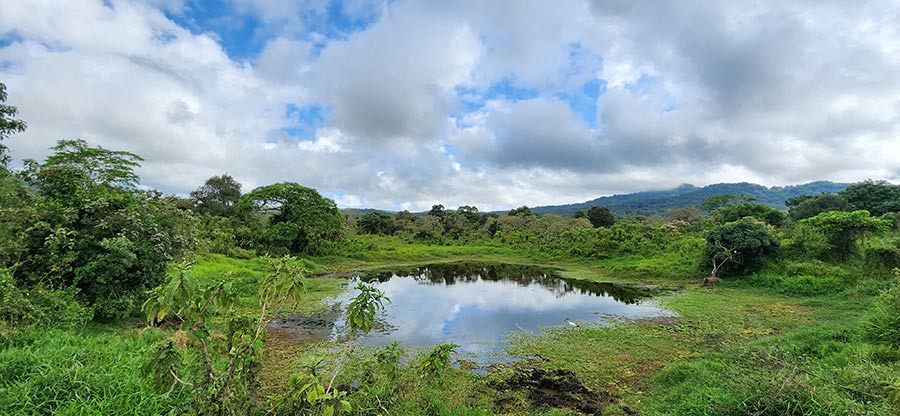
Days 3 & 4: Tarangire National Park.
This is an incredible park. It's vast, with some amazing scenery and huge numbers of animals. Large herds of Zebra, Wildebeest and Buffalo congregate around Silale Swamp, the prime source of water in the dry season, accompanied by huge numbers of birds. Indeed, the number of Buffalo in particular was staggering. We did see Lions and Cheetah, though they weren't the best sightings, but that was OK, as there would be plenty more sightings of them and the beauty of the park, the big herds of animals, the Elephants and the birds more than made up for it. This park is not on the itinerary of every visitor to the country, so it's relatively quiet (at this time of year) in terms of other visitors. On our afternoon drives we saw only one or two other vehicles.

Days 5 & 6: Ngorongoro Crater.
The next stop on the safari was the famous crater, with a few hours in Lake Manyara National Park on the way. And boy, is the crater amazing! It's probably one of the most exciting days you'll ever have on a safari. The scenery is nothing short of spectacular, and the animal numbers are phenomenal. We spent most of the day visiting the crater, leaving our accommodation in Karatu after an early breakfast, with a box lunch in the park, returning to camp in the late afternoon for tea on the lawns and some casual birding. A real highlight of a day, though the whole safari is one long highlight!
Days 7 - 9: Ndutu.
Ndutu is part of the Ngorongoro Conservation Area, bordering the southern Serengeti. The main features are lake Ndutu and the two marshes - Small Marsh and Big Marsh. The habitat comprises spectacular Acacia Woodland and vast, short-grass plains. The program here is much the same as it is for the rest of the itinerary, with early breakfasts followed by long drives up until about lunch time, followed by lunch and a rest period, and a shorter afternoon drive ending just before dinner time. Cheetahs were the highlight here, with no fewer than 10 individuals seen during out 3 night stay. We also had an unbelievable final morning, with Caracal, two Lionesses, three Cheetah and a Leopard seen in under two hours! The big positives for Ndutu are off-road driving, allowing good views of selected species such as the cats, and low visitor numbers at this time of the year. And the resident Genet family living above the fire place were a real highlight.

Days 10 - 12: the Serengeti.
The famous Serengeti is one of Africa's most beautiful parks, and one of the richest in terms of large mammal biomass. At this time of the year the migrating Wildebeest and Zebra herds were moving into the Seronera area, where we stay, so animal numbers were starting to peak. Predators, and Lions in particular, were 'thick on the ground', relatively speaking, and it wasn't unusual to see several prides of Lions in one morning. During our two full days here, staying at the Kati Kati tented camp at the Makoma 3 site, we spent much of the first day in the Moru Koppies area, searching for the big herds that were gathering on the green grass in the area, and on the second day we traversed the Seronera River and Maasai Koppies area. Sightings were good overall, though some areas were quite busy with other safari vehicles, as to be expected in the Serengeti, even though it's not peak season, and we chose to leave one sighting due to what we deemed was negative behaviour by other guides. But other areas were much quieter, and on our half day down in the Moru Koppies area we saw few other vehicles.

Accommodation Summary: Overall the accommodation is very good. What we like most about it is that none of the lodges are super-fancy. It's all clean and comfortable, but not over the top with unnecessary luxuries that just push the prices up.
Lake Duluti Lodge in Arusha was a great first stop. Lovely rooms, good food, nice gardens for a bit of a birding walk, Suni (a species of dwarf Antelope) in the bushy areas of the gardens, and well situated for a visit to Arusha National Park, it was perfect. And Saiid at the bar looked after us very well indeed!
Kati Kati tented camp in Tarangire was one of the stand out accommodations, partly because we were supposed to stay at another lodge, but had a last minute change, one we were very glad to have. It's a new tented camp, so everything was in great condition, the staff were outstanding (as they are at all accommodations) and the food was wonderful, but one of the main plus points was the situation under a massive Baobab tree, with a circumference of over 20 meters. It bordered on a spiritual experience to be in close proximity to this tree, which was flowering at the time of our visit. The location is also great, close to Silale Swamp, one of the main features of the park. 10 / 10 overall.
Ngorongoro Farm House in Karatu is a great place from which to explore the crater. It's not located on the crater rim, as some of the more luxury lodges are, but is a few minutes' drive from the gate to the Ngorongoro Conservation Area. So, a bit of a drive to access the crater, but that's no hassle really. The actual accommodation is very good, with huge rooms, and the lodge itself is just wonderful, with expansive gardens, and incredible flower beds that attract good numbers of Sunbirds and other birds. It's situated on a working coffee farm too...
Ndutu Safari Lodge is a gem. What we like about it is that it's simple but comfortable, with great food and service. The rooms are smallish, but quite adequate. All rooms have nice views into the bush, and at night you can fall asleep to the sound of the Flamingos on Lake Ndutu. Great food too. And, the camp birdbath and the Genet family living in the roof are big attractions.
Kati Kati tented camp in the Serengeti was also good, though it's an older camp, and we were a bit spoiled by the experience in Tarangire. Still it was adequate, the food was good and service top class, and it was good to stay in a camp with a very light footprint - the entire camp could be removed quite easily, with almost no trace left behind. Unlike some other camps in the area... The situation was quite good, hidden behind a ridge to be out of view, and not far from the Seronera River.
Download a copy of the full species checklist here.
Further Reading
Our Eastern South Africa Endemics birdwatching safari tour took place late last year, delivering a fantastic overall birding and wildlife experience, with over 400 birds species seen, as well as a decent number of mammals. Read the safari trip report below.
We have recently returned from a visit to two of Tanzania's biggest National Parks - Nyerere and Ruaha National Parks. These are two of the stops on on our Southern Circuit Safari ( the other park we visit on the full tour is Katavi, in remote western Tanzania). Tanzania's Southern Circuit offers a fantastic add-on to a Northern Circuit Safari, or can be done as a stand-alone safari, with Zanzibar as an...





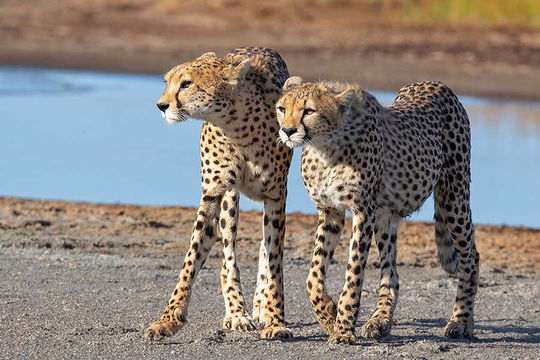

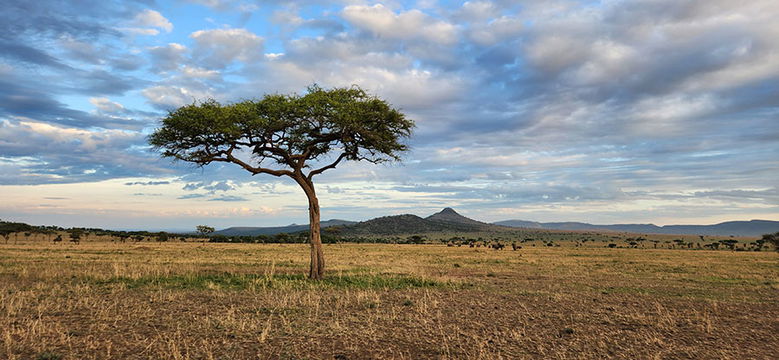




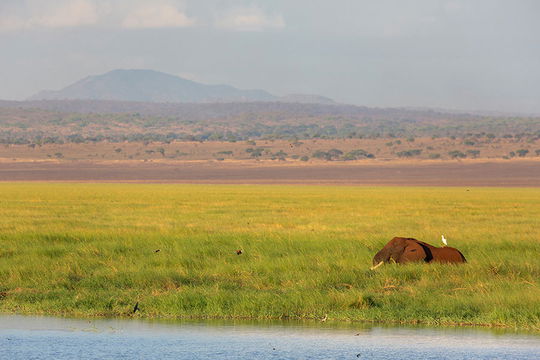

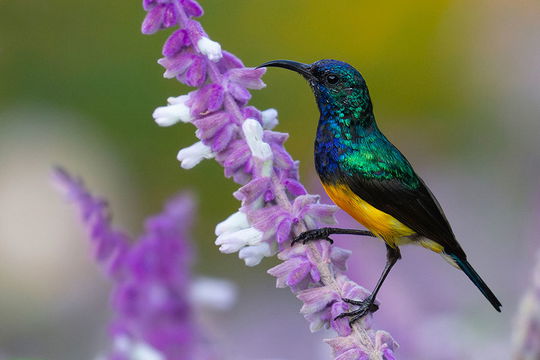
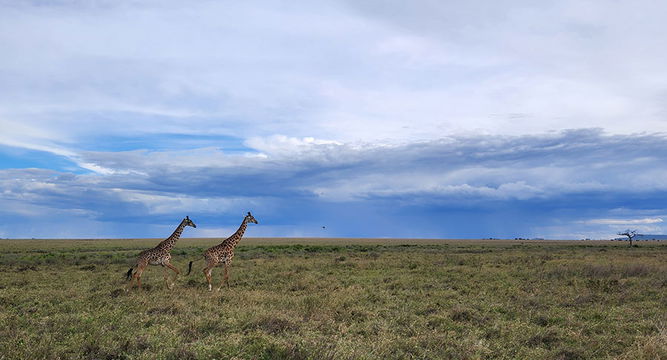

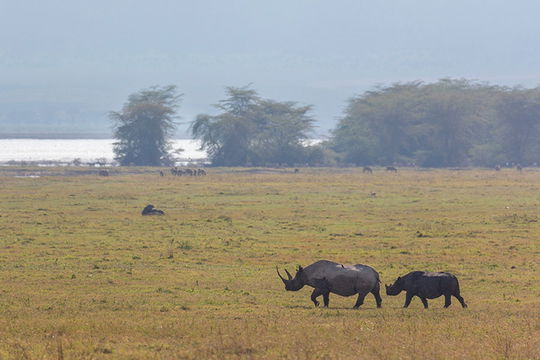
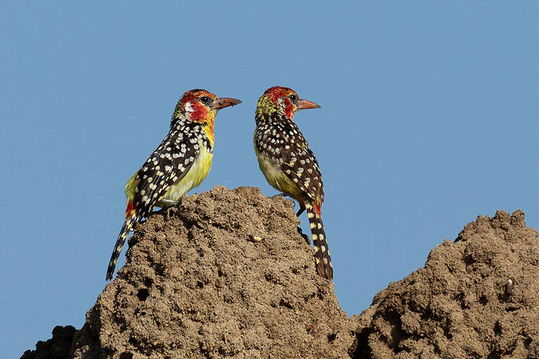


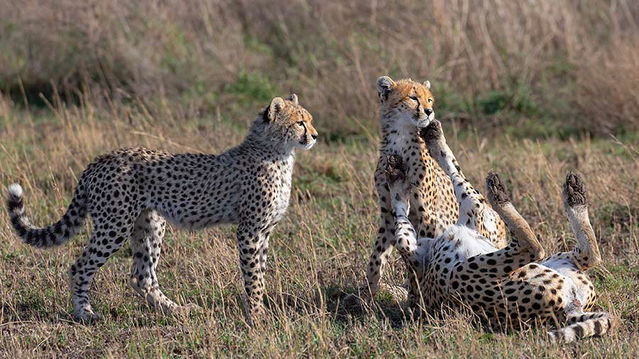

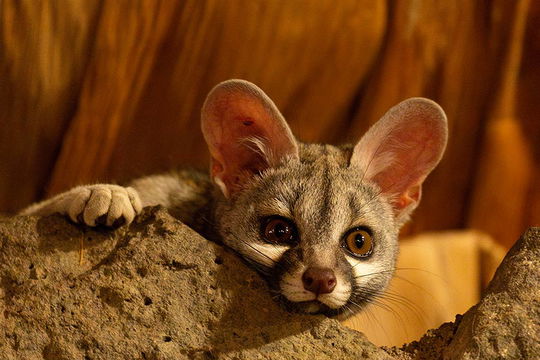

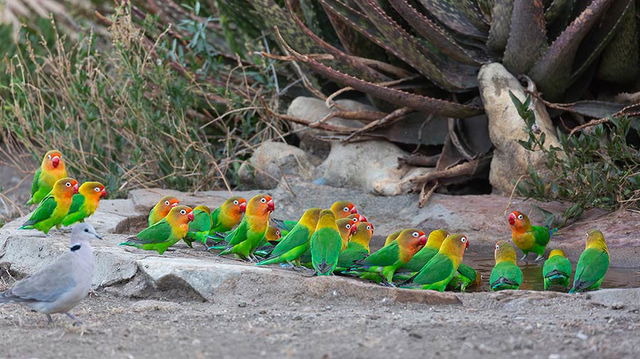








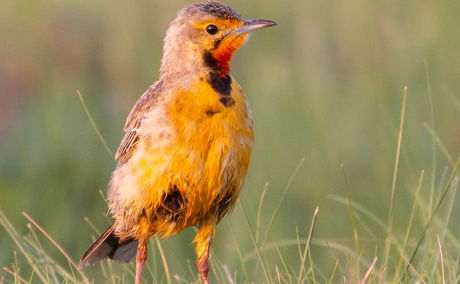

Share This Post